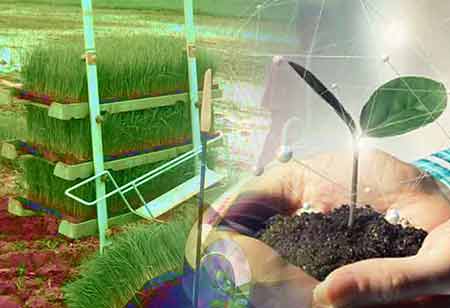Thank you for Subscribing to Agri Business Review Weekly Brief
How Water Quality Affects Fish Farming
The practice of breeding, raising and collecting fish, shellfish, algae, and other organisms in various kinds of aquatic habitats are aquaculture. Aquaculture has experienced the fastest rate of growth in the global

By
Agri Business Review | Saturday, July 16, 2022
Stay ahead of the industry with exclusive feature stories on the top companies, expert insights and the latest news delivered straight to your inbox. Subscribe today.
Technology has made it possible to produce more food as the demand for seafood has grown.
FREMONT, CA: The practice of breeding, raising and collecting fish, shellfish, algae, and other organisms in various kinds of aquatic habitats are aquaculture. Aquaculture has experienced the fastest rate of growth in the global food market. Around half of the world's fish supply is now artificially farmed rather than caught through catch fisheries in natural habitats because of the rising demand for fish as a food source on a worldwide scale. Since farmed fish are extremely sensitive to changes in factors, including poisonous chemicals, pH, temperature, and gas presence, water quality control is essential in aquaculture. The water quality must be consistently examined and managed for the fish to maintain their best health, production, and quality.
Fish are produced in enclosures known as Aquafarms to be sold as food in fish farming, a particular type of aquaculture. Aquafarms are constructed as land-based concrete structures or mesh cages submerged in natural bodies of water. Most of the produce is used to feed people and is utilized for things other than food, like making fish oil, keeping decorative fish, making medicines, and feeding animals. Salmon, tuna, cod, trout, and halibut are some fish raised on farms the most frequently.
Oxygen monitoring
One of the most crucial factors controlled in fish farming is the level of dissolved oxygen in the water since it is essential to both the fish's health and the aquaculture's productivity. For healthy fish growth, the water's oxygen content must be as close to air saturation as feasible; if it falls below four mg/l, the fish may stop feeding, get stressed, and lose electrolytes. Each of these problems has the potential to kill fish and reduce output. Monitoring oxygen levels and adding extra oxygenation is crucial to preserving ideal oxygen levels and increasing the productivity and profitability of fish farming. It will increase the effectiveness of the feed used, lower fish mortality, and lessen the need for vaccinations and medicines.
Carbon dioxide monitoring
While carbon dioxide has a much more significant impact on water quality than oxygen, which is frequently considered the most important gas impacting fish health, few aquaculture facilities routinely monitor their carbon dioxide levels. It is because it is thought that carbon dioxide will not be a problem if oxygen levels are high enough. However, mounting evidence indicates that fish health may also be negatively impacted by the amount of carbon dioxide in the water. The pace at which the fish produces CO2 from its metabolism through its gills slows down as the amount of CO2 in the water rises. It results in an increase in CO2 and a decrease in pH in the fish's blood.





